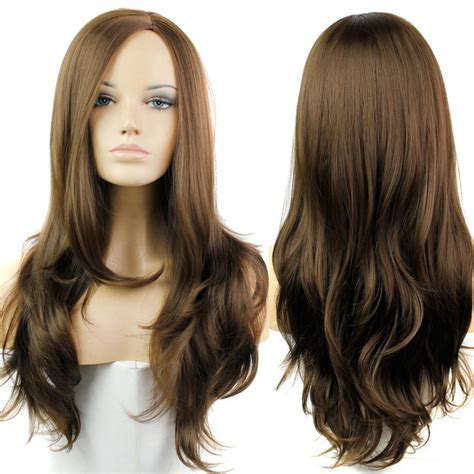Introduction
French powder wigs, a symbol of opulence and excess, have captivated history buffs and style enthusiasts alike. Their intricate designs and extravagant heights have left an enduring legacy in fashion and culture. This comprehensive guide delves into the fascinating world of French powder wigs, exploring their history, evolution, social significance, and enduring appeal.

History and Evolution
17th Century Origins: French powder wigs emerged in the mid-17th century, inspired by the elaborately curled wigs worn by the nobility.
18th Century Zenith: The 18th century witnessed the golden age of French powder wigs, reaching unprecedented heights and complexity.
19th Century Decline: With the onset of the French Revolution, powder wigs fell out of fashion, replaced by simpler and more natural hairstyles.
Social Significance
Status Symbol: Powder wigs were a status symbol, denoting wealth, power, and social prestige.
Fashion Statement: Wigs became a fashion statement, allowing individuals to express their individuality through intricate designs and hairstyles.
Gender Distinctions: Powder wigs were predominantly worn by men, but women occasionally adopted the style.
Construction and Design
Base Materials: Wigs were typically made of human hair, which was bleached or powdered white.
Styling Techniques: Wigs were styled using a variety of techniques, including curling, crimping, and pomading.
Extravagant Heights: Wigs often reached astonishing heights, sometimes exceeding two feet.
Cultural Impact
Art and Literature: French powder wigs have been depicted in countless paintings, sculptures, and literary works.
Fashion Revival: Powder wigs periodically reappear as a fashion trend, most notably in the 1970s and early 2000s.
Popular Culture References: Wigs have been used in film, television, and theater to evoke historical settings and comedic effects.
Benefits and Uses
Historical Accuracy: Powder wigs provide an authentic touch for period reenactors and historical productions.
Costume Accessory: Wigs can enhance theatrical and costume events, adding a touch of grandeur and opulence.
Fashion Inspiration: Powder wigs have inspired modern fashion designers, informing hairstyles and accessories.
Tips and Tricks
Proper Care and Maintenance: Powder wigs require careful handling and regular maintenance to preserve their quality.
Styling Tips: Experiment with different styling techniques to create unique and eye-catching looks.
Cost-Effective Options: Consider renting or purchasing synthetic wigs for a budget-friendly alternative.
Common Mistakes to Avoid
Over-Bleaching: Excessive bleaching can damage the hair and alter the wig’s appearance.
Improper Storage: Store wigs in a dry and cool place to prevent damage.
Rough Handling: Handle wigs with care to avoid tangles and breakage.
Tables
Table 1: Timeline of French Powder Wig Evolution
| Period | Characteristics |
|---|---|
| Mid-17th Century | Origins in curled wigs |
| Early 18th Century | Increased height and complexity |
| Mid-18th Century | Peak of extravagance |
| Late 18th Century | Decline in popularity |
| 19th Century | Abandonment |
Table 2: Types of French Powder Wigs
| Type | Features |
|---|---|
| Ramillies | Long, flowing curls |
| Full-Bottom | Abundant, cascading curls |
| Tie | Shorter, more natural appearance |
| Bob | Shoulder-length, with smaller curls |
Table 3: Cost and Care of French Powder Wigs
| Element | Estimated Cost |
|---|---|
| Human Hair Wig | $1,000-$5,000 |
| Synthetic Wig | $100-$500 |
| Regular Maintenance | $50-$200 per service |
Table 4: Usage Scenarios for French Powder Wigs
| Scenario | Description |
|---|---|
| Historical Reenactments | Authentic depictions of past eras |
| Costume Events | Enhancing theater, film, and parties |
| Fashion Statements | Adding a touch of grandeur to modern ensembles |
